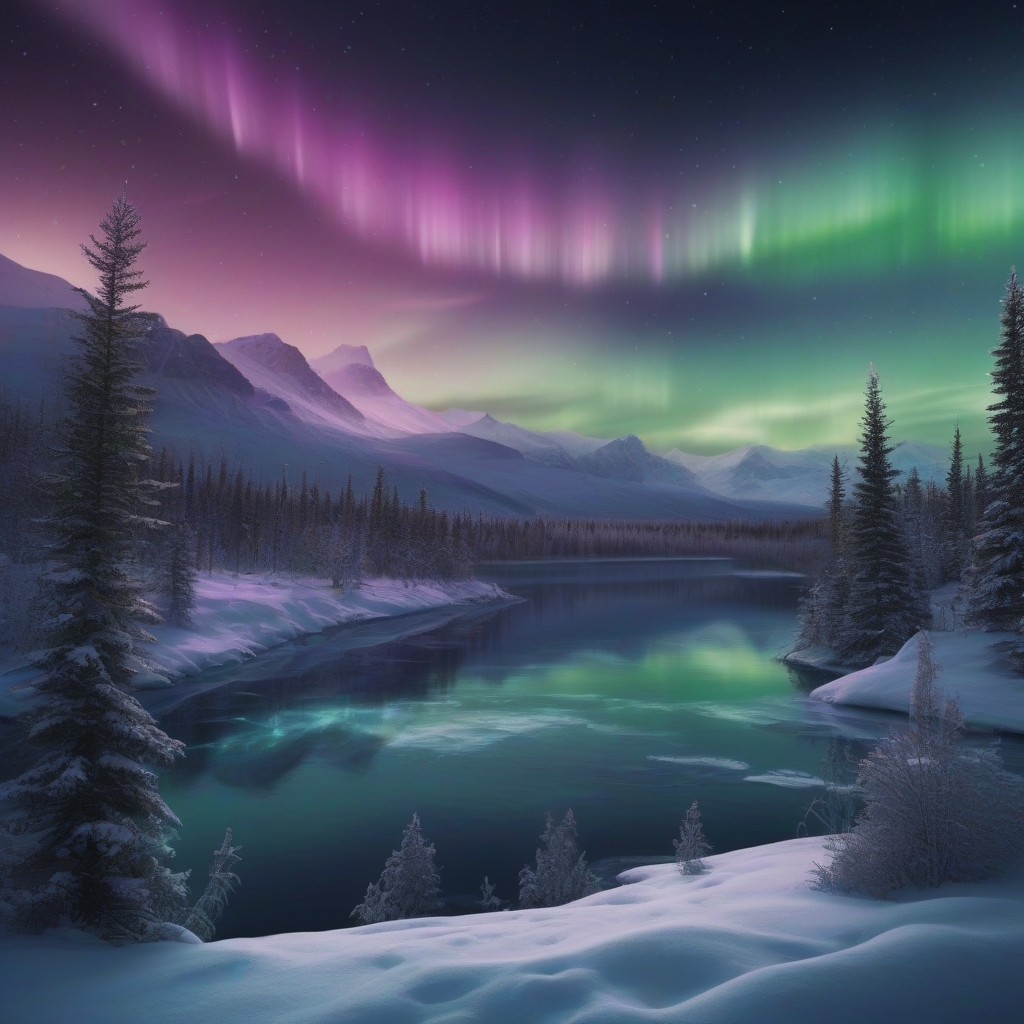Introduction to the Controversy Surrounding AI-Generated Art
The allure of capturing the majestic Northern Lights has long been a pursuit for many photographers and artists around the world. With the advancement of technology, however, the line between art created by humans and machines is increasingly blurred. Meta, formerly known as Facebook, has entered this fascinating yet contentious arena with its AI-generated images of the aurora borealis, sparking a heated debate among artists, technologists, and the general public alike.
Meta’s Bold Venture into AI Art
Meta’s foray into AI-generated imagery is part of a broader trend where technology companies explore the realms of artificial creativity. Using a sophisticated neural network, Meta’s AI mimics the formidable beauty of the Northern Lights, generating images that are both captivating and eerily surreal. These images incorporate a spectrum of colors—shimmering greens, deep blues, and vibrant violets—depicting dreamlike landscapes that aim to replicate and enhance the natural spectacle seen in the night skies of the Arctic.
Technology Behind the Imagery
–
–
–
The Backlash: Artists and Critics Speak Out
Despite the technological marvel, Meta’s AI-generated Northern Lights images have not been universally embraced. The release has ignited a backlash centered around several key issues.
Concerns Over Artistic Authenticity
Artists and photographers have raised concerns regarding the authenticity of AI-generated art. The creative process, traditionally seen as a uniquely human endeavor, is perceived to be undercut by machines that lack the consciousness and emotional foundation that inspire genuine artistic expressions.
–
–
Ethical and Copyright Implications
The debate extends beyond artistic concerns to touch upon ethical and legal dimensions.
–
–
Public Reception and Cultural Impact
The public reaction to Meta’s initiative has been mixed, encompassing admiration for technological advancement and skepticism about its implications on culture and art.
Appreciation for Innovation
Many are fascinated by the sheer capability of AI to produce visually stunning images that challenge our understanding of visual creativity. For technology enthusiasts, this represents a significant leap in what machines can achieve beyond functional applications.
Skepticism and Resistance
Conversely, there’s a burgeoning movement advocating for a distinction between machine-made and human-made art, fearing the loss of cultural heritage and human perspective.
–
–
The Future of AI-Generated Art
The intersection of AI and art is still in its infancy, with vast potential for expansion and greater discourse regarding its place in society. As technology evolves, the debate will need to address considerations such as ethical standards, copyright legislation, and cultural significance.
Navigating the Intersection
A balanced approach is critical as society continues to navigate the relationship between AI and human creativity. Future endeavors should focus on collaboration rather than competition between humans and machines.
–
–
Final Thoughts
The ongoing discourse about AI-generated Northern Lights images from Meta illustrates the multifaceted challenges and opportunities presented by integrating AI into artistic creation. As technology continues to advance, it raises critical questions about the future of art, urging a collective introspection of what defines creativity in the modern age. Ultimately, the conversation about AI-generated art will shape not only how art is created and valued but also how it fits into the tapestry of human expression and innovation.

Leave a Reply